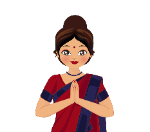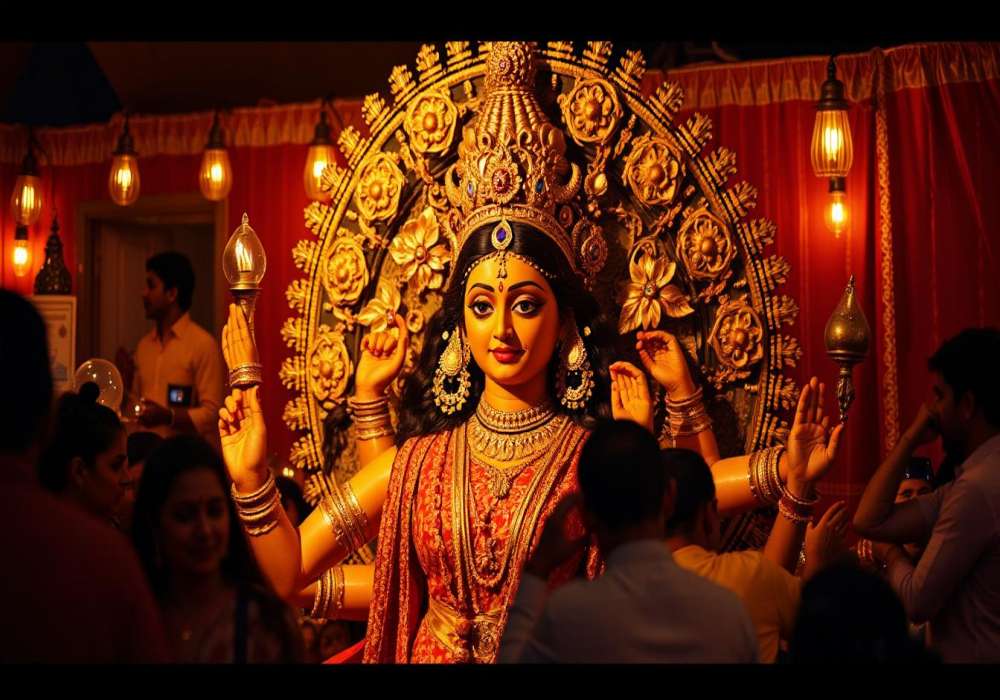
Last Updated At: 08-Jul-2025
Famous Festivals of West Bengal 2025 – Celebrating Culture & Togetherness
Festivals are a tool to bring life to a state of exuberance and enthusiasm. Without them, life would become an endless series of mundane Wednesdays. The Babu’s and Moshai’s of Bangla know how to create an environment of energy, zeal, and rejuvenation. With myriad festivals in West Bengal, one can look forward to some great fun and fervour. The incredible state indeed has a lot more to offer beyond the ancient history and mesmerising culture.
Experience the vibrant spirit of festivals of West Bengal, where age-old traditions blend with modern celebrations. From the grandeur of Durga Puja to the warmth of Jamai Shashti, immerse yourself in the cultural richness of West Bengal festival. Explore the colourful tapestry of traditions and festivities that define the essence of West Bengal's vibrant cultural landscape.
List Of 22 Famous Festivals Of West Bengal
As natives of West Bengal said, “Baaro Maash E Tero Parbon'' which means thirteen festivals in twelve months, life in West Bengal is full of enthusiasm and delight all throughout the year. Though the list is longer than thirteen festivals, we have handpicked a few of the unique festivals celebrated in West Bengal. To celebrate the never-ending and eternal spirit of the community in West Bengal, get apprised with the festivals listed below that add more charm. Let’s check out the list of famous West Bengal festival names!
- Durga Puja
- Jamai Shashti
- Charak Puja
- Poush Sankranti
- Poila Baisakh
- Rath Yatra
- Saraswati Puja
- Lakshmi Puja
- Chhath Puja
- Teesta Tea & Tourism Festival
- Kali Puja
- Gangasagar Mela
- Bhai Phota
- Poush Mela
- Christmas
- Dol Purnima
- Jalpesh
- Kenduli Mela
- Rash Mela
- Vishnupur Festival
- Basant Panchami
- Karam Parab
1. Durga Puja
Durga Puja is a famous festival of West Bengal that is celebrated with great joy. Some festivals are so deeply related to a place and Durga Puja in West Bengal is one such evident festival that is known to all. Also known as Durga Pujo, Akalbodhan, Sharadiya Pujo, Maha Pujo, Maayer Pujo, the popular Hindu festival is marked with the arrival of Goddess Durga on earth along with her clan that includes Lord Shiva, Lord Ganesha, Goddess Saraswati, and Lord Kartikeya.
Starting with Mahalaya, followed by Shasthi, Saptami, Ashtami, Navami, and Dashami, on the 6th, 7th, 8th, 9th and 10th days respectively, Durga Puja is an elaborate affair of 10 days, with the last five days being the most famous. It is believed that Goddess Durga arrived on earth to destroy Mahishasura who was a demon king with the power of immortality and head of buffalo. Bloated with a boon according to which he could not be killed by any man or animal, he thought he was invincible and therefore wished to conquer all the three worlds; earth, heaven, and hell.
Shakti, the ultimate female power, thereupon took the form of Goddess Durga and killed him after 15 days of fierce war with him. On the 6th day, Goddess Durga is worshipped as Katyayani. From this day the pandals are inaugurated. On the 7th day, the Goddess is bathed and invoked by tying nine plants called Nabapatrika. The elaborate ritual of offering flowers to the Goddess is performed on the 8th day while Homa and Bhog are offered on the 9th day. It is believed that on the 10th day the Goddess emerged victorious against Mahishasura.
Experience the grandeur of West Bengal's famous festival, Durga Puja, a vibrant celebration of Goddess Durga's triumph over evil. With elaborate rituals, colorful decorations, and enthusiastic participation, it showcases the rich cultural heritage of the region. Join in the festivities and immerse yourself in the unparalleled energy of West Bengal's famous festival.
The day is marked by many rituals and ends with sindoor Khela followed by the procession of clay sculpture idols that are later immersed in the river. It is believed that on this day Durga returns back to Shiva and therefore it is considered an auspicious day for married women and they indulge in sindoor Khela, a ritual for their blissful marital life. This elaborate festival is a true depiction of grand festivities and the excitement in the folks of West Bengal that are beyond the caste or creed.
- When to Celebrate - Sun, 28 Sept, 2025 – Thru, 2 Oct, 2025
2. Jamai Shashti
A unique festival in West Bengal, Jamai Shasti personifies the beautiful relationship of a son-in-law with his in-laws. The name 'Jamai' means 'son-in-law' and 'Shashti' means 'the sixth day', which is why it is celebrated on the sixth day of Shukla paksha in Jyestha month (May or June). The traditional festival of Jamai Shashti lays the foundation for strong family bonding.
On this special day, Son-in-law is greeted with rituals; Phota (Teeka) of curd is applied on his forehead and a yellow thread, which is called Shasti Suto is tied around his wrist. This special thread is dyed in yellow color with the help of turmeric and is believed that Maa Shashti, who takes care of her children has blessed this thread and therefore shall take care of their son-in-law too.
A feast is organized for the son in law and while he gorges on a delectable course meal, the mother-in-law fans him with the palm leaf. This is a beautiful and distinctive festival of West Bengal that brings the relatives closer and reflects the warmth of relationships.
- When to Celebrate - Sun, June 1, 2025
3. Charak Puja
Another unique folk festival, Charak Puja in West Bengal is celebrated every year in April (Poila Baisakh) by the tribal people living in rural areas. During this festival, folks dress up like cosmetic Shiva, Parvati, Krishna, and other deities. Charak tree is worshipped and several penance acts are performed by devotees. After the month-long fasting, the devotees gather to step up the high bamboo stage which is 10-15 feet tall.
They hurl themselves forward at these bamboo poles and fall on the ground. And what stands extraordinary is that the people who perform penance escape unhurt despite falling on glass, thorns, knives & other devious weapons. It is believed that the blessing of God keeps them safe from the pain they inflict on themselves to display their devotion.
It is how they impale their body parts without feeling the pain. The festival not only reflects the blind faith but also the eagerness to accept penance to achieve salvation.
- When to Celebrate - Mon, April 14, 2025
4. Poush Sankranti
Harbinger of the harvest season, Makar Sankranti is celebrated as Poush Sankranti with a unique style in West Bengal. Different parts of the state celebrate Makar Sankranti in its own style and names. Every year Gangasagar Mela is organized in Gangasagar which is closest to the confluence, where the Ganga joins the Bay of Bengal. A large number of people congregate here to take a holy dip at the confluence and purge themselves of sins. Joydev Mela is famous as itinerant singers from West Bengal and various parts of the country gather at Joydev Kenduli for an annual meet.
It is believed that the author of Geeta Govindam, Joydev was born here and therefore the annual fair is organized in his honor. Tusu is a unique harvest festival that is celebrated by the tribal community of West Bengal. After a month-long culmination, the fair is organized in Deulghata and women sing folk songs in honor of the Goddess. In Darjeeling, it is celebrated as Magey Sankranti. Also, Poush Mela, which is the biggest extravaganza in West Bengal after Durga Puja is organized at Shantiniketan in the last week of December every year. Local artisans and tourists from all over the world come together to celebrate the spirit of folk culture in West Bengal. Apart from a rampant display of folk dances, music, and exquisite culture, one can find scrumptious food, leather bags, earthenwares, paintings in the fair. well organized by West Bengal Tourism, this festival is worth exploring.
- When to Celebrate - Mon, Jan 14, 2025
Read More : Dishes Of West Bengal
5. Poila Baisakh
More colloquially known as Pohela, Poila Baisakh is the traditional New Year day that is celebrated on the 14th of April every year in West Bengal. This festival is celebrated with processions, fairs, family time, and traditional Bong food. Also referred to as Nabo Barsho, which means New Year, it is observed as a state holiday and folks of West Bengal mark the day by taking a dip in rivers and offering prayers to Lakshmi and Ganesha.
Apart from cleaning and decorating houses with Rangoli, people in West Bengal gather to offer prayers to the rising sun as it is considered to be auspicious. Bangla Sangit Mela is organized by the government, many professional and amateur singers, dancers, and theatre artists participate in the fair. Poila Baisakh is also associated with Notun Jama which means a new dress.
It is considered auspicious to wear new clothes on the first day of the year and therefore people of West Bengal follow this tradition religiously and with grace. For the traders and businessmen in West Bengal, this day is considered as the Halkhata time – the auspicious day to open the new ledgers.
No festivity in the land of foodies is sans grand spread. Many people cook bong specialties in their own kitchen whilst the restaurants are up with the mouth-watering spread to please their guests. Amidst all the celebrations, Bengali makes sure to live through the spirit of the new beginning and new hope.
- When to Celebrate - Tue, April 14, 2025
6. Rath Yatra
Rath Yatra is a famous West Bengal festival that is amongst our country's most religious and oldest traditions. The cult of Jagannath Rath Yatra has also been followed in West Bengal since 1396. A week-long festival with ceremonial Rath Yatras is held at Kolkata, Mayapur in Nadia, Mahesh in Hooghly, and Mahisadal in East Midnapore districts. On the day of the Ratha Yatra, the Jagannath idol and Balaram and Subhadra idols are placed on the 50-foot-high chariot that weighs about 125 tonnes.
Jagannath Rath Yatra is the most popular festival in the city of Kolkata. The cult of Jagannath Rath Yatra is also followed in West Bengal since 1396. A week-long festival with ceremonial Rath Yatras is held at Kolkata, Mayapur in Nadia, Mahesh in Hooghly, and Mahisadal in East Midnapore districts. On the day of the Ratha Yatra, the Jagannath idol along with the idols of Balaram and Subhadra are placed on the 50 feet high chariot that weighs about 125 tonnes.
A blue jay bird (Neel Kanth) is made to sit at the top of the chariot and as it flies away from the chariot, the procession begins with fervor. A large number of people gather to pull long ropes called 'Roshi' that are tied to the holy chariots. Pulling this holy rope is considered very auspicious and devotees participate in this grand and age-old tradition with strong beliefs and immense devotion. Rath Yatra is amongst the most religious and oldest traditions of our country. Every year, people flock in large numbers to participate in the auspicious chariot festival in West Bengal
India is a land of myriad cultures and therefore the festivals are unique in every part of the country. West Bengal is a state that boasts ancient history and rich culture through festivals that are distinct and alluring. Holi, Diwali, Christmas, Eid, Muharram, and other festivals that are popular in India are also celebrated in West Bengal.
- When to Celebrate - Fri, Jun 27, 2025
7. Saraswati Puja
Saraswati Puja in West Bengal is performed between January and February. Considered to be one of the distinctive celebrations held in West Bengal, Saraswati Puja is held on the day of the Goddess Saraswati’s homecoming. Also known as Vasant Panchami in the Northern areas of the country, this festival is celebrated on the 5thday of Magha month.
An auspicious occasion for education and learning related things, Bengalis have a special significance on this day. For the children to begin their academic learning, it is considered to be a highly fortunate occasion. During the puja, the idols of Goddess Saraswati are nicely decorated and the girls wear colorful attires to take darshan of the goddess.
- When to Celebrate - Sun, Feb 2, 2025
8. Lakshmi Puja
Another very significant Hindu festival celebrated by the Bengalis in October, Lakshmi Puja is celebrated throughout the state with great enthusiasm and passion. To be a part of this grand festivity, People from different parts of the world come to visit the state during this festival. This festival is celebrated after a week of Vijay Dashmi.
Maa Lakshmi who is believed to be the Goddess of wealth and prosperity, and people devote their respect and gratitude towards the goddess. A festival of lights, it is celebrated at home by performing all the required rituals by a priest or by on your own.
- When to Celebrate - Mon, Oct 20, 2025
Read More : Culture Of West Bengal
9. Chhath Puja
Only Vedic festival that is dedicated to the ChhathiMaiya (Goddess Usha mentioned in Vedic scriptures) and Surya Dev (Sun God), Chhath Puja is a primitive Hindu festival. Performed to pay gratitude to Lord Surya, the Chhath Puja is celebrated to seek blessings of the sun god for sustaining life on earth. People request the Lord to grant them a few wishes while performing the rituals of this festival. It is mentioned in the Hindu scriptures that worshiping Lord Surya helps devotees cure several types of ailments such as leprosy. Lord Surya also blesses the worshiper’s family, friends, and elders by ensuring longevity and prosperity of them.
- When to Celebrate - Sat, Oct 25, 2025 – Tue, Oct 28, 2025
10. Teesta Tea & Tourism Festival
Located in the foothills of the Himalayas in the state of West Bengal, Teesta Tea & Tourism Festival is celebrated in the beautiful city of Darjeeling. West Bengal Tourism, Sikkim Tourism, Tourism Department of Indian Government, and Darjeeling Gorkha Hill Council together organize this festival.
To promote tourism and tea plantation, the Teesta Tea and Tourism Festival was started in Darjeeling, West Bengal. Celebrated in November and December months, it is an annual festival.
Another reason to keep this festival on this list is that Darjeeling is one of the most famous black tea producing places in the world. To keep yourself hooked on this amazing occasion, this festival has everything you need on the entertainment part. Darjeeling has excellent potential and versatile talents to showcase at the festival with folk music & dance, modern freestyle dance forms, and local cultural festivals.
- When to Celebrate - NA
11. Kali Puja
Kali Puja is celebrated fervently in West Bengal, usually in late October or early November, coinciding with Diwali. The festival is dedicated to Goddess Kali, the fierce form of Shakti (divine energy). Streets are lit with colourful lights, and houses are adorned with candles and lamps. Families come together to pray to Goddess Kali for protection against evil and general well-being. The night sky resonates with the sounds of firecrackers, symbolising the driving away of demons. During the celebration, people also enjoy a feast of traditional sweets and savoury dishes. Kali Puja is a religious event and a cultural spectacle that brings together communities in joyful celebration.
- When to Celebrate - Mon, Oct 20, 2025
12. Gangasagar Mela
Gangasagar Mela is one of the largest religious congregations in India, held annually in mid-January at Sagardwip, where the Ganges river flows into the Bay of Bengal. This fair attracts pilgrims from all over India who come to take a holy dip at the confluence, which is believed to cleanse their souls of sin and bring blessings. Vibrant rituals, sadhu gatherings, and devotional music mark the event. The island buzzes with activity during this festival as makeshift shops and food stalls spring up. The fair is also an opportunity for local artisans to display their crafts. The Gangasagar Mela is a spiritual journey and a meeting place for diverse cultures and traditions within India.
- When to Celebrate - Jan 10 to Jan 18, 2025
Read More : Temples In West Bengal
13. Bhai Phota
Bhai Phota is a heartwarming festival celebrated two days after Diwali in West Bengal. On this day, sisters apply a ceremonial sandalwood paste mark on their brothers' foreheads, praying for their long life and prosperity. An exchange of gifts and sweets follows this ritual. Families gather for a special meal that includes the brothers' favourite dishes. Bhai Phota strengthens the bond between siblings and is akin to Raksha Bandhan, celebrated in other parts of India but with its unique regional flavour and customs.
- When to Celebrate - Thu, Oct 23, 2025
14. Poush Mela
Poush Mela is a vibrant annual fair in December at Shantiniketan founded by Nobel laureate Rabindranath Tagore. It marks the beginning of the Bengali month of Poush. This festival showcases a variety of folk music, dance performances, and traditional Baul singers. Artisans from nearby villages come to sell their handicrafts, textiles, and unique artwork. The fair is a cultural retreat that attracts tourists and locals alike, providing a glimpse into the rich artistic heritage of West Bengal.
- When to Celebrate - Jan 10 to Jan 12 Jan, 2025
15. Christmas
Christmas is celebrated enthusiastically in West Bengal, particularly in Kolkata, where the festival has a colonial legacy. Park Street is adorned with lights and decorations, creating a festive atmosphere. Churches hold midnight masses, and the air is filled with melodies. Markets offer Christmas goodies, cakes, and decorations. Families and friends gather to share meals and exchange gifts. The spirit of Christmas in Kolkata blends Bengali culture and traditional Christian festivities, making it a unique experience for visitors and locals.
- When to Celebrate - Thu, Dec 25, 2025
16. Dol Purnima
Dol Purnima, also known as Holi, is celebrated in March and marks the arrival of spring. It is a colourful festival where people smear each other with colours and throw coloured water. The festival starts with a special ritual in the temples of Lord Krishna, where devotees sing and dance. The celebration is particularly lively in rural areas, where traditional songs and dances accompany the playful throwing of colours. Dol Purnima is a time of joy and fun, transcending age and social barriers.
- When to Celebrate - Fri, Mar 14, 2025
17. Jalpesh Mela
Jalpesh Mela is an important religious fair held annually in Jalpaiguri, West Bengal. It centres around the Jalpesh temple, which is dedicated to Lord Shiva. During the months of February and March, thousands of pilgrims visit to offer prayers and attend the fair, which lasts about a month. The mela includes a variety of stalls selling religious artefacts, local handicrafts, and traditional foods. It is a significant event for the local community, combining devotion with cultural festivities.
- When to Celebrate - Feb 26 to 7 Mar 2025
18. Kenduli Mela
Kenduli Mela is organised in January in the Birbhum district, celebrating the life of poet Jayadeva, who composed the Gita Govinda. The mela features Baul musicians, mystic minstrels known for their unique spiritual songs. These musicians gather to perform and share their spiritual and philosophical insights through music. The fair includes dances, folk theatres, and a bustling market selling local crafts and food items. It is a significant cultural event that draws scholars, music enthusiasts, and tourists to experience the rich musical heritage of West Bengal.
- When to Celebrate - Jan 17 to Jan 14 2025
19. Rash Mela
Rash Mela is a vibrant festival celebrated in Cooch Behar, West Bengal, during November. It honours the divine love of Lord Krishna and his consort Radha. The festival features elaborate processions with idols of Krishna and Radha, traditional dance performances, and music. The mela (fair) accompanying the religious celebration is filled with stalls selling crafts, clothes, and local delicacies. Rash Mela not only signifies spiritual devotion but also celebrates the region's cultural richness.
- When to Celebrate - NA
20. Vishnupur Festival
Vishnupur Festival is held annually in December in Bishnupur, known for its rich history and terracotta temples. The festival celebrates the area's cultural heritage, including classical music, dance, and the famous terracotta craftsmanship. It features performances by renowned artists and craftsmen displaying their skills. The festival also includes seminars and exhibitions on the region's history and art. It's a cultural feast that attracts history buffs, art lovers, and tourists from across the globe.
- When to Celebrate - Dec 27 to Dec 31, 2025
21. Basant Panchami
Basant Panchami is celebrated in January or February, marking the onset of spring. It is dedicated to Saraswati, the goddess of knowledge and arts. Students and artists pray to the goddess, seeking her blessings for success in their studies and artistic endeavours. People wear yellow, representing the vibrancy of spring, and fly kites. Educational institutions often organise cultural programs. Basant Panchami is a festive day that emphasises learning and the arts, resonating with the intellectual tradition of Bengal.
- When to Celebrate - Sun, 2 Feb, 2025
22. Karam Parab
Karam Parab is an agricultural festival celebrated by the tribal communities in West Bengal, usually in September. The festival revolves around the worship of the Karam tree, symbolising fertility and prosperity. On this day, villagers bring home branches of the Karam tree and worship it with flowers, rice, and incense. Dancing, singing, and drumming are integral to the celebration, reflecting the community's connection to nature and cultural heritage. Karam Parab is a time for rejoicing and socialising, strengthening community bonds.
- When to Celebrate - NA
Read More : Tourist Places In West Bengal
Discover the kaleidoscope of culture through West Bengal festivals, where traditions intertwine with modernity in vibrant celebrations. From the iconic Durga Puja to the traditional rituals of Saraswati Puja, immerse yourself in the rich tapestry of West Bengal's festivals. Experience the lively spirit and diverse heritage of West Bengal festivals, showcasing the essence of the region's cultural dynamism.
Now you can plan your trip with the circuit planner tool or simply pick an exclusive holiday package from Adotrip. Grab it before it’s gone! Get the best travel experience because,
with us, nothing is far!
Frequently Asked Questions About Festivals Of West Bengal
Q1. What is the famous festival of West Bengal?
A1. One of the most famous festivals of West Bengal is Durga Puja. This grand celebration, also known as Durga Pujo, is marked by elaborate rituals, vibrant decorations, and enthusiastic participation across the state.
Q2. What is the most important festival of West Bengal?
A2. The most important festival of West Bengal is Durga Puja. It is a five-day festival celebrating the victory of the goddess Durga over the evil buffalo demon Mahishasura. This festival is marked by stunning displays of artwork, elaborate rituals, music, dance, and a grand procession on the final day, known as Vijayadashami.
Q3. Which is the largest fair celebrated in West Bengal?
A3. The largest fair celebrated in West Bengal is the Ganga Sagar Mela. It is held annually in January on the occasion of Makar Sankranti, at the confluence of the River Ganges and the Bay of Bengal. This fair draws large crowds of pilgrims who come to take a holy dip in the river.
Q4. Which festival is celebrated with great joy in West Bengal?
A4. Poush Mela is celebrated with great joy in West Bengal, especially in the town of Shantiniketan. Initiated by the Tagore family, it features cultural performances, folk music, dances, and a unique display of local arts and crafts, drawing visitors from all over the region.
Q5. What is the harvest festival of West Bengal?
A5. The harvest festival of West Bengal is Nabanna. Celebrated to mark the harvest of the new crop, it involves preparing dishes from the new rice and offering them to the gods as a token of gratitude. This festival is accompanied by folk dances, songs, and other cultural performances.
--- Published By Adotrip
Latest Blogs
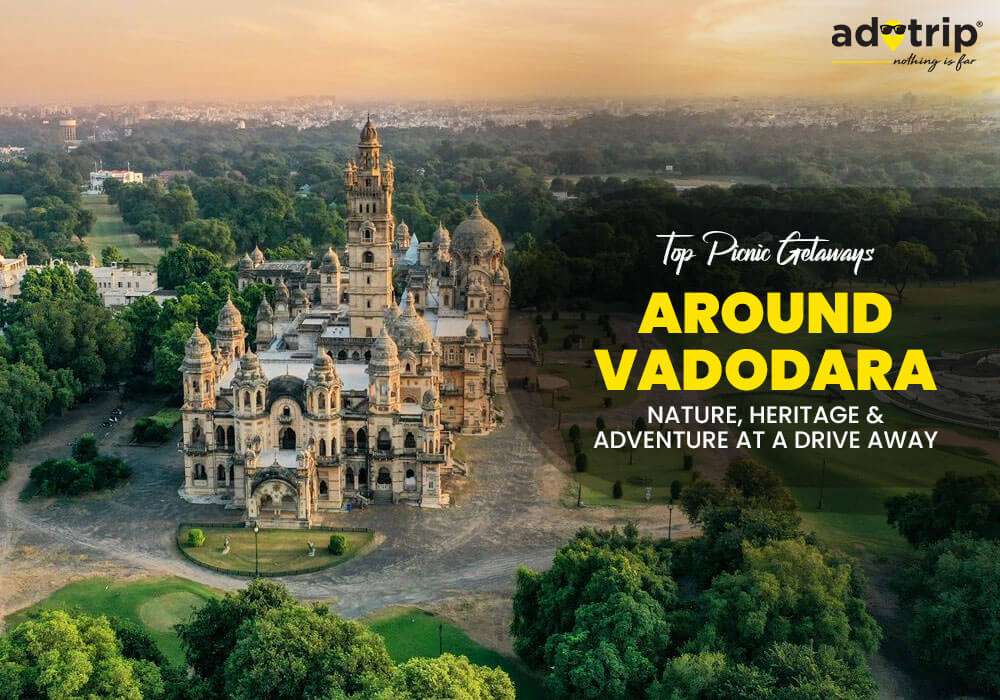
One Day Picnic Spot Near Vadodara - Nature, Heritage & Adven...

One Day Picnic Spot Near Panvel - Relax, Explore & Refresh
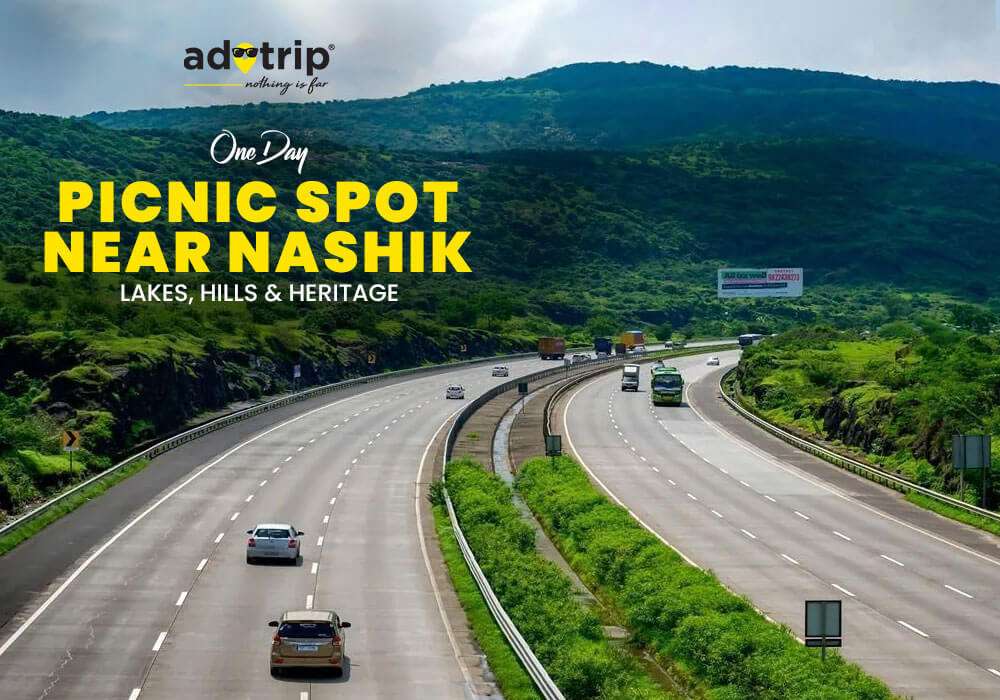
One Day Picnic Spot Near Nashik – Lakes, Hills & Heritage
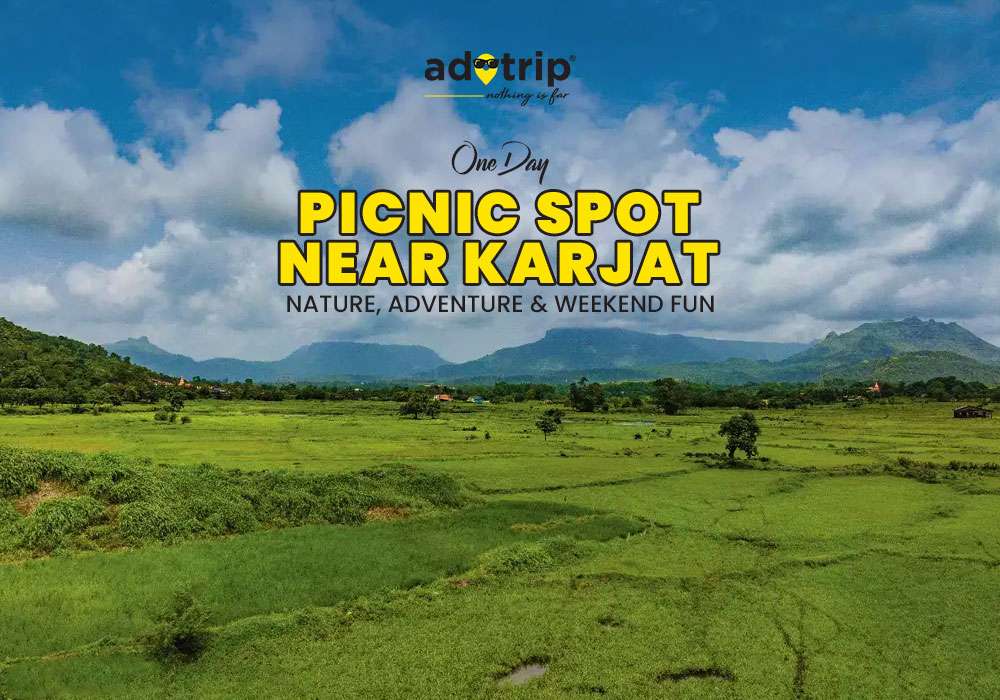
One Day Picnic Spot Near Karjat – Nature, Adventure & Weeken...
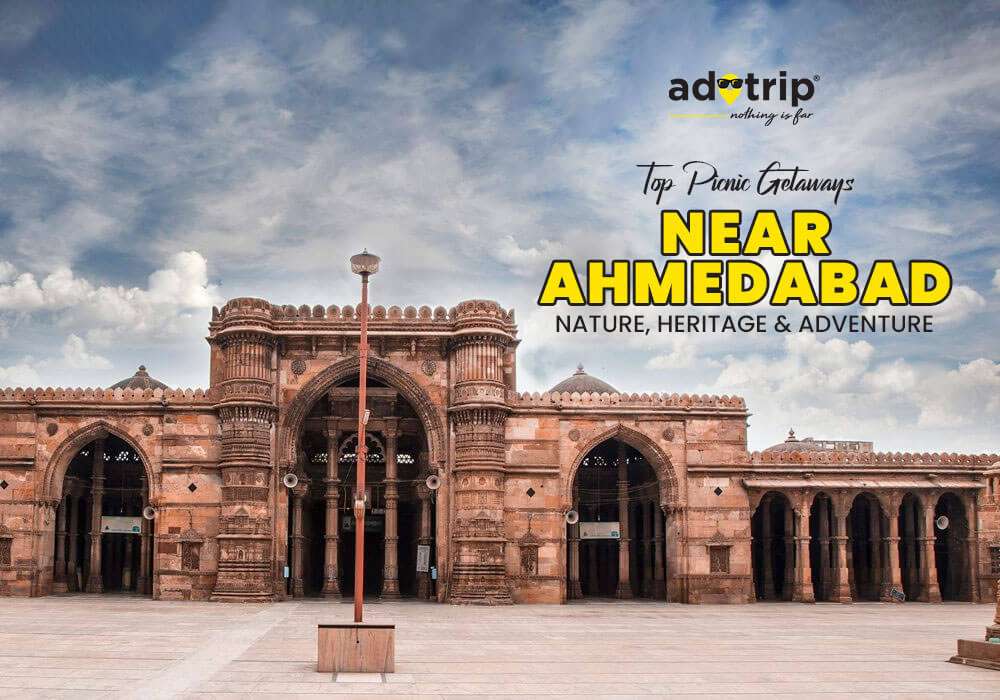

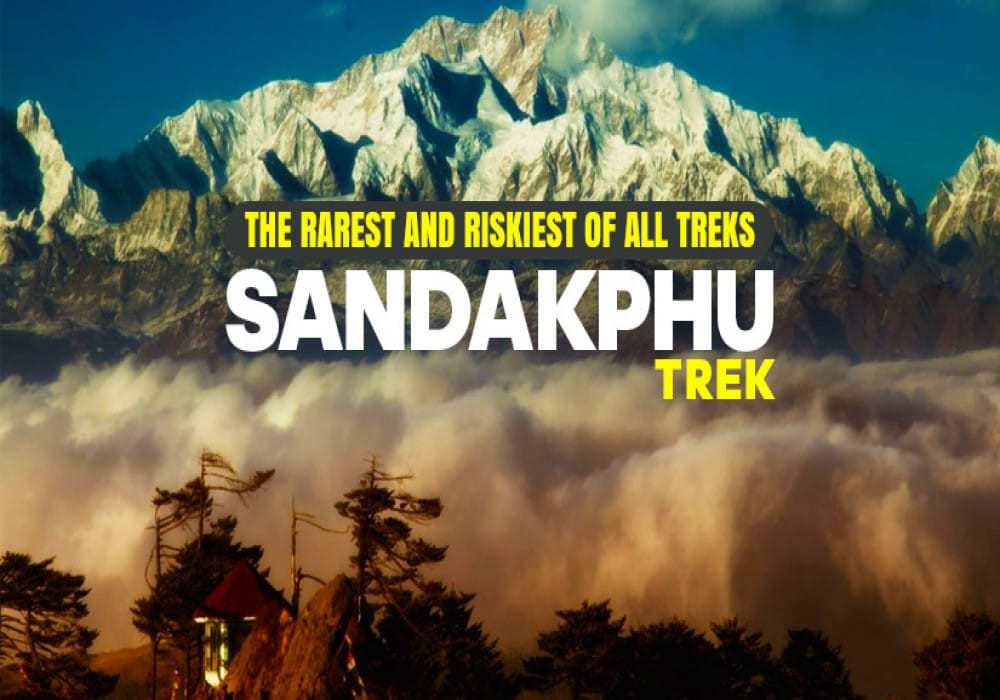
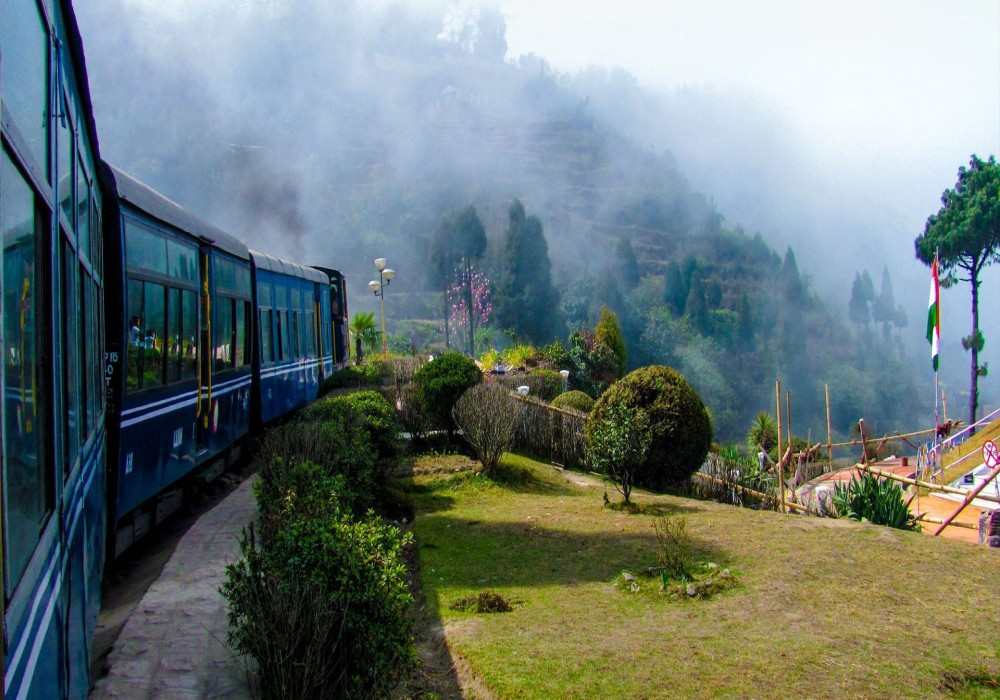
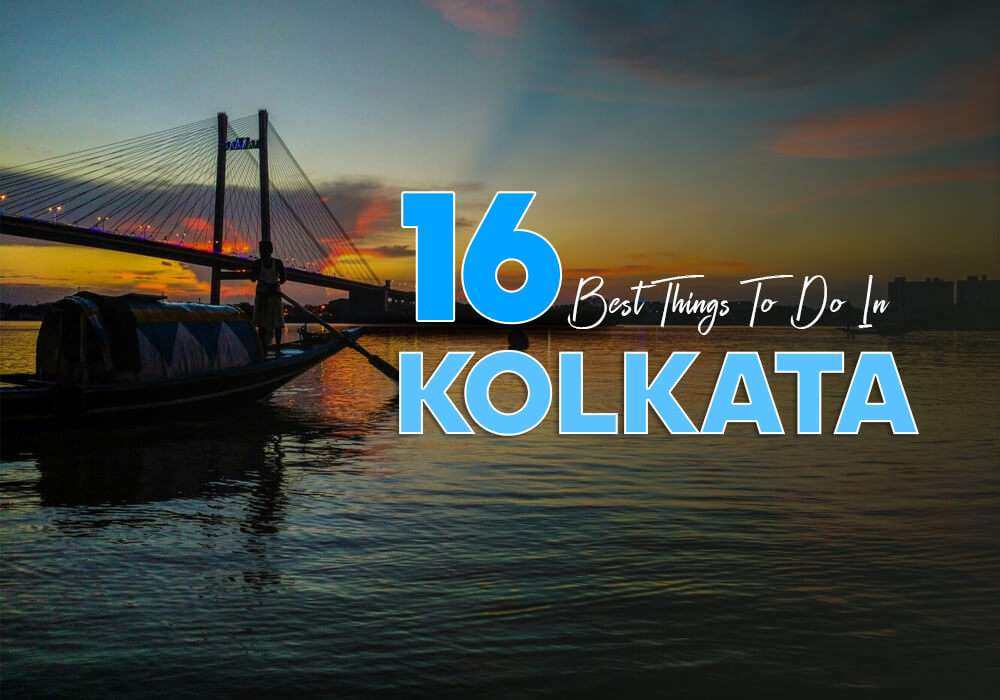
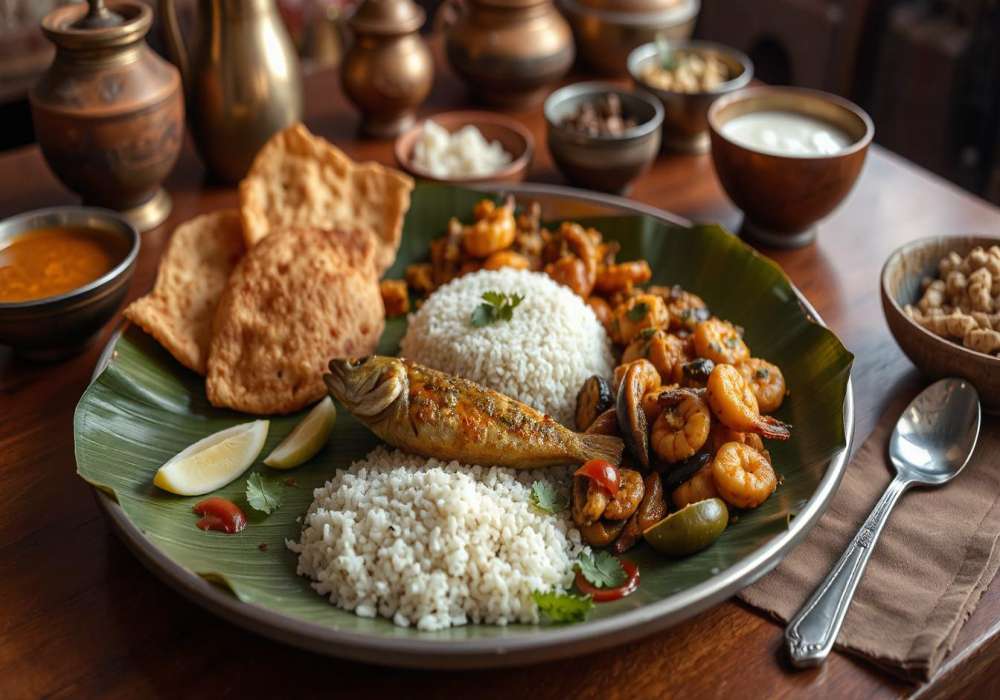
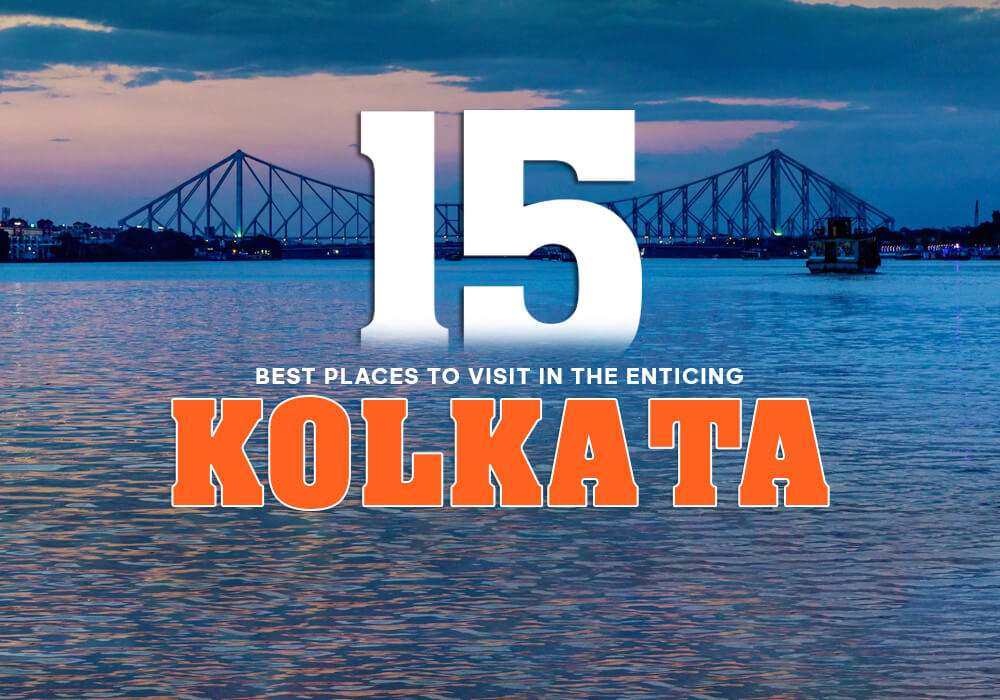
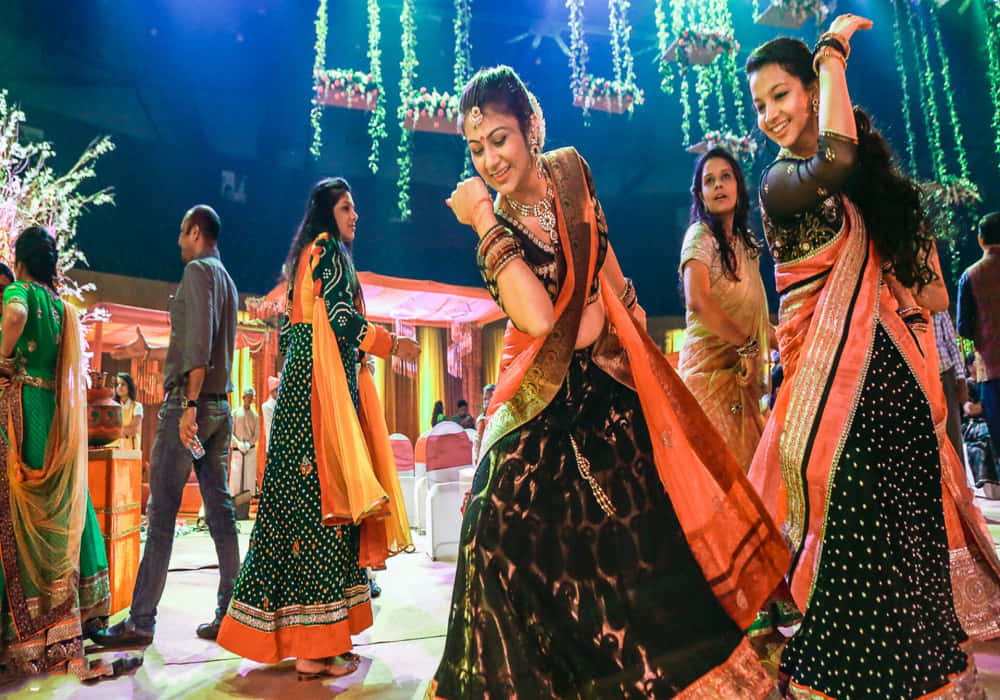
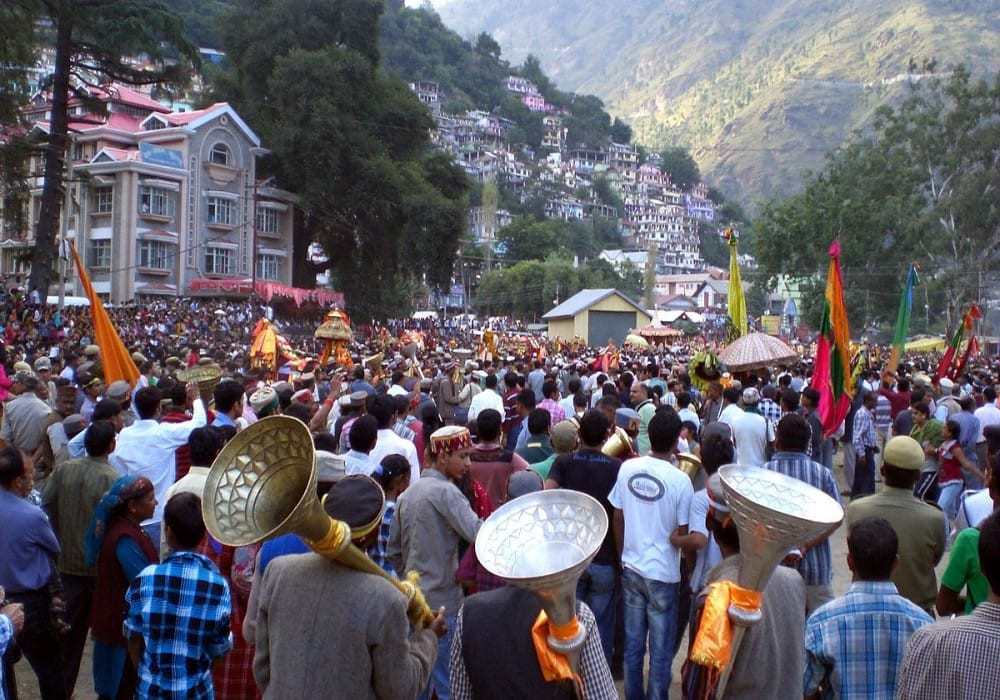
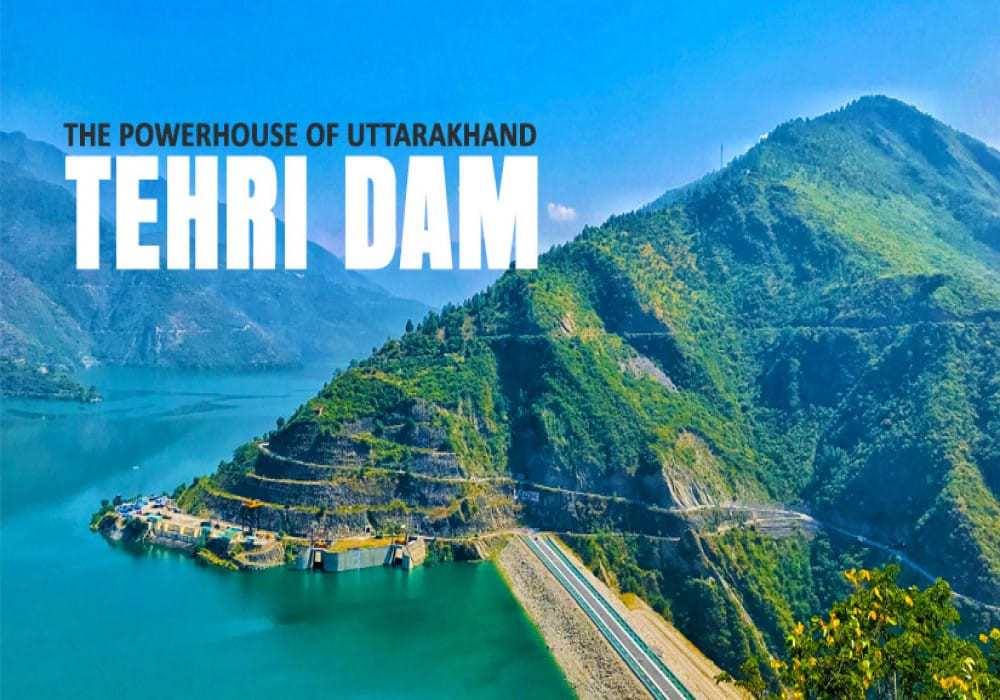


 Dubai
Dubai Malaysia
Malaysia USA
USA